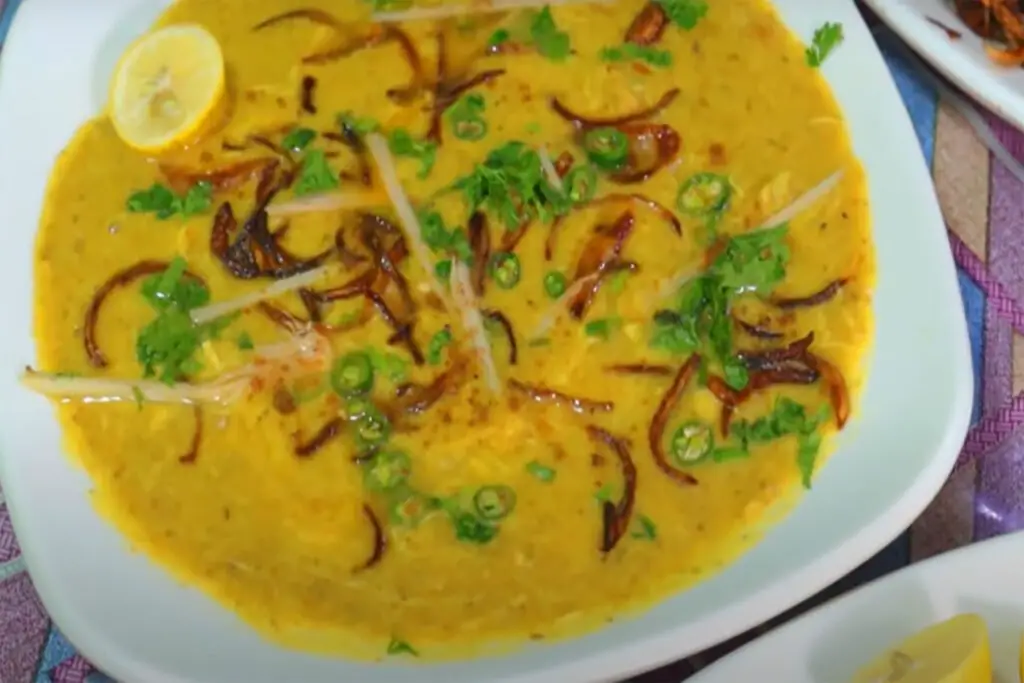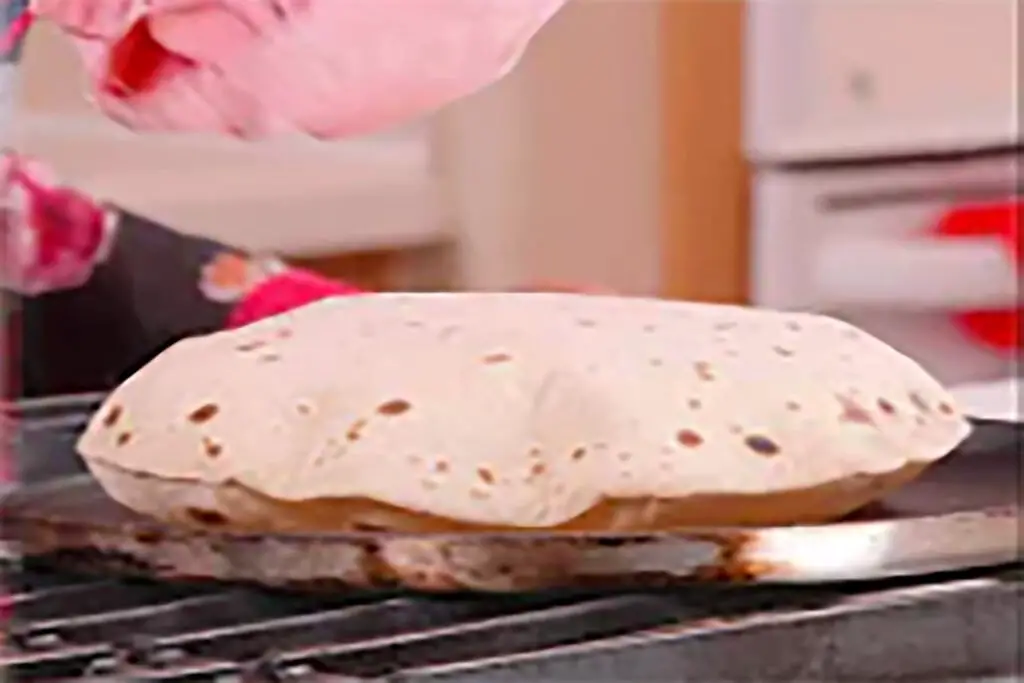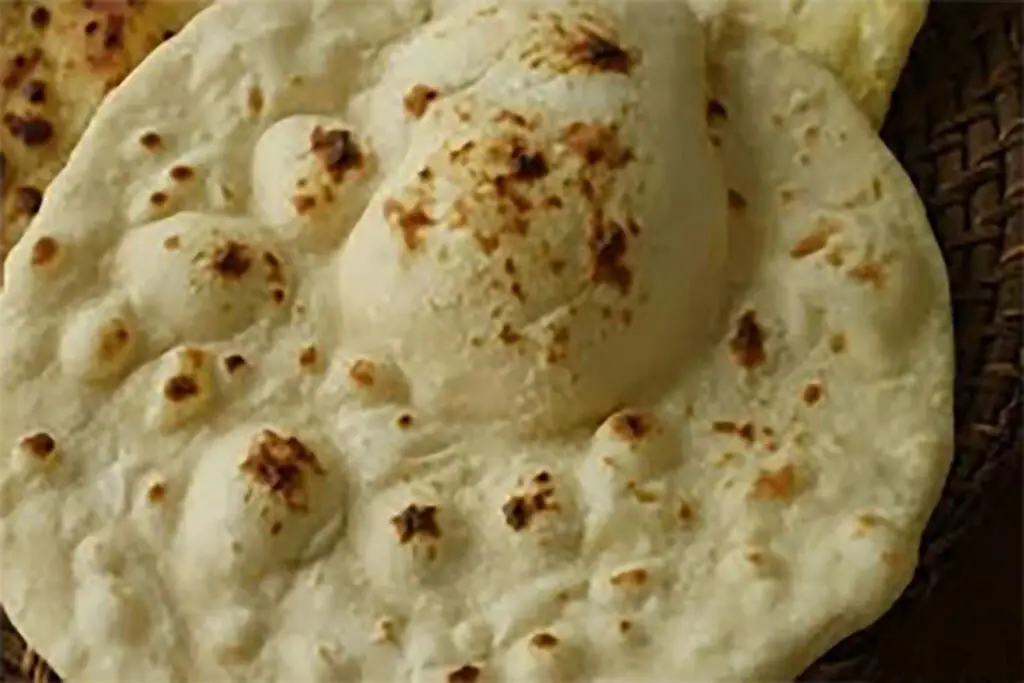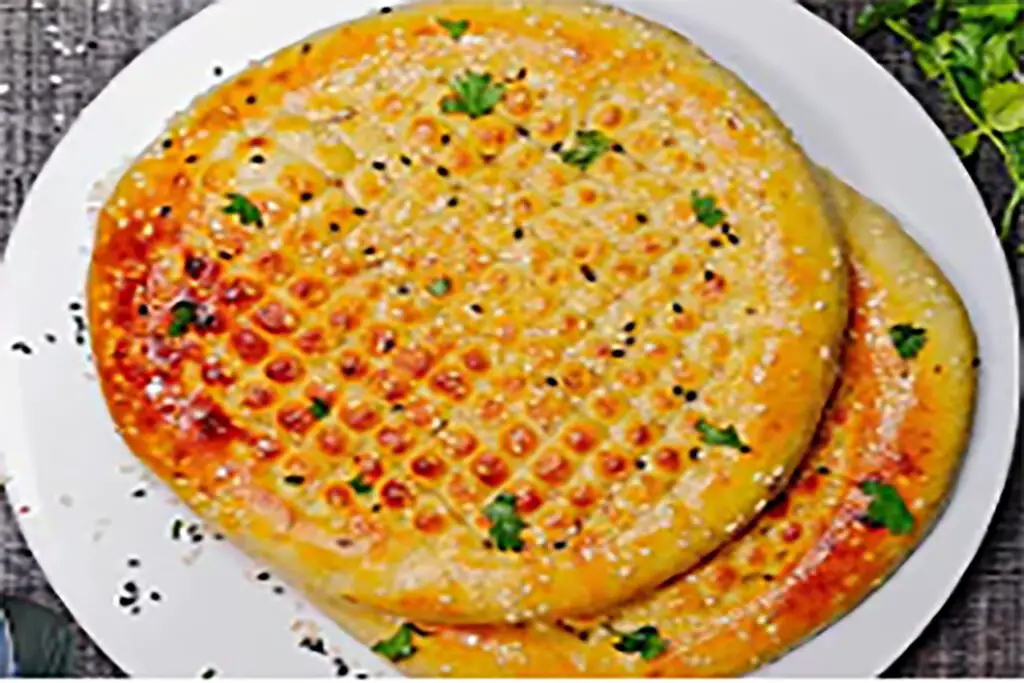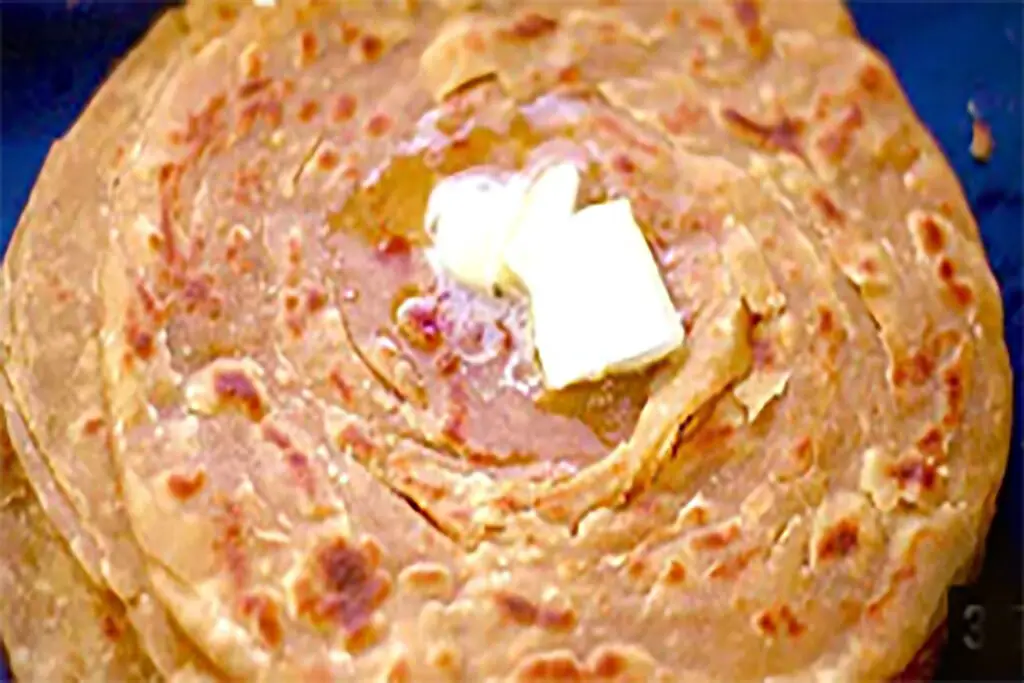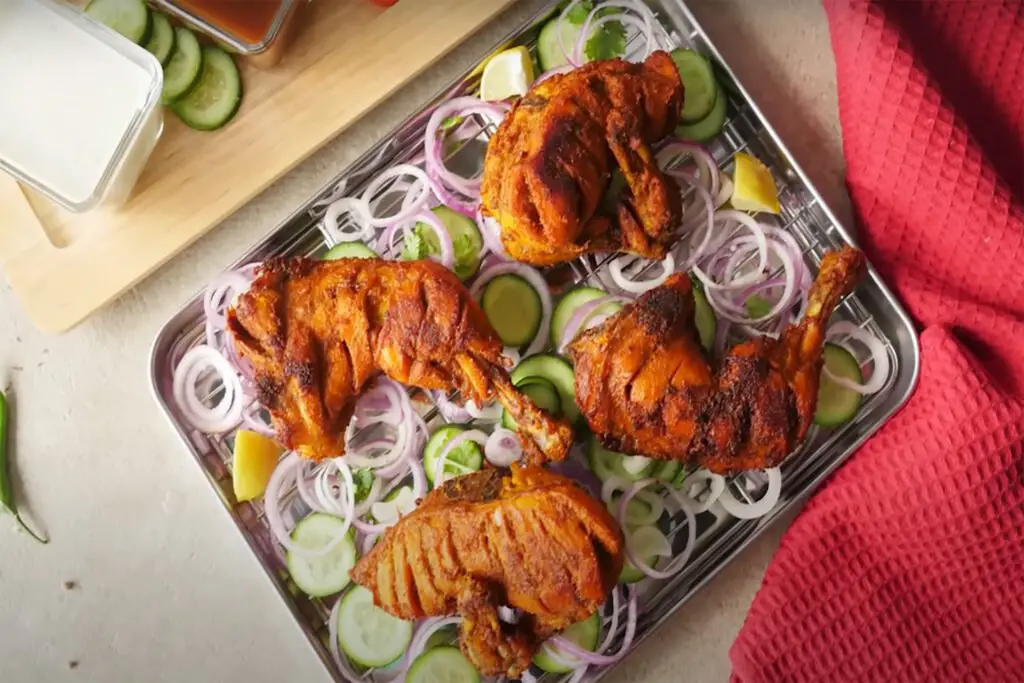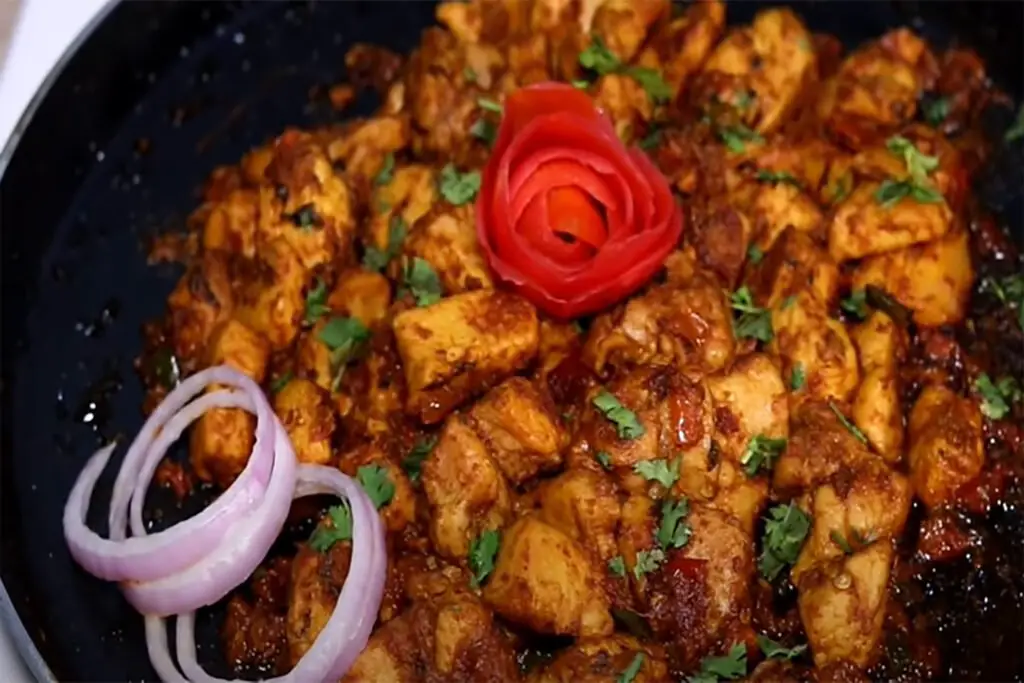In the heart of Pakistan‘s rich culinary landscape lies a dish that embodies comfort, flavor, and tradition. Best Haleem Recipe, a thick and wholesome stew made from a harmonious blend of grains and meat, is not just food; it’s a cultural experience. In this article, we’ll embark on a gastronomic journey through the history, ingredients, preparation, and cultural significance of Haleem, a dish that unites the nation through its heartwarming flavors.
A Glimpse into Pakistani Culinary Heritage
Pakistani cuisine is a mosaic of flavors influenced by centuries of history and diverse regional traditions. Haleem, however, is a dish that transcends regional boundaries to become a beloved comfort food enjoyed throughout the country.
Haleem is a type of stew that includes wheat or barley, meat, and lentils. It is made by mixing or pounding the meat in a curry and serving it hot with flatbreads or on its own.
Haleem consists of 4 main components:
- Cereals: wheat or barley are almost always present. Legumes (such as lentils) and rice are used or not depending on the region of origin of the recipe.
- Meat: usually beef or lamb and mutton; goat meat; or chicken
- Spices: contains a wide variety including cassia and fennel.
- Cooking liquid: either water, milk, or stock.
Ingredients of Best Haleem Recipe
- 1/2 tsp lamb (boneless)
- 150 g moong dal (washed)
- 50 g dal Chana
- 100 g of wheat (broken)
- 500 ml of desi ghee
- 10 cloves
- 4 bay leaves
- 1 g of saffron
- 30 g of green cold paste
- 10 g of turmeric powder
- 6 g mace flower
- 10 g of green cardamom
- 50 g of garlic paste
- 50 g of ginger, grated
- 150 g of fried onions
- 3-4 liters of lamb stock
- taste the salt
How to make Haleem
- Wash all lentils and cracked wheat and soak together for 2 hours.
- Take the thick base and add ghee to moderate the whole spices – cloves, bay leaf, and green cardamom. When the spices start to crackle, add the grated ginger and garlic paste until the color turns brown.
- Add the lamb along with all the powdered spices, saffron, green chili paste, and turmeric and cook till half time then add the fried onion.
- Drain the water from the lentils and add to the lamb along with the lamb stock. Add salt at this stage.
- Let it cook until the lamb is tender and combined with the lentils and thickens.
- Check the seasoning and serve with your choice of bread or Naan.
Cultural Significance
Haleem is not just a dish; it’s a symbol of togetherness and celebration in Pakistan. It’s often prepared during Ramadan, at weddings, and during special occasions, where sharing a steaming bowl of Haleem signifies warmth, hospitality, and the joy of communal dining.
Haleem, with its thick and hearty texture, fragrant spices, and rich flavors, is a true representation of Pakistani cuisine. Haleem is a dish that bridges the gap between tradition and modernity, offering a taste of the past and a connection to the present. Whether you savor it at a street-side vendor in Karachi, a family gathering in Lahore, or recreate it in your own kitchen, Haleem is a flavorful journey that leaves an indelible mark—an homage to the diverse and delectable flavors of Pakistan and the joy of sharing a cultural treasure with loved ones.

